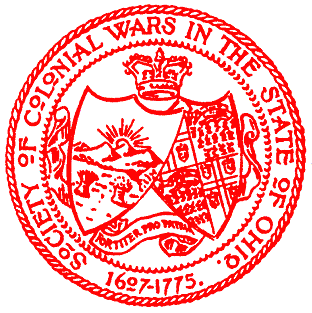1636 - 1638 |
|| | Pequot War | || | English and Native allies vs. Pequot tribe and Native allies |
In Connecticut, Massachusetts, and Rhode Island a series of smallpox epidemics had decimated the native population, resulting in a power vacuum. As a result, the English, the Dutch, and various native tribes, were struggling for control of the fertile region and its fur trade
A chief of the Pequot was invited on to a Dutch ship to trade, but the Dutch seized him and held him for ransom. After receiving the ransom they killed the chief and sent his body back to the Pequot. In return, the Niantic, tributaries of the Pequot, killed John Stone, a Boston colonist banished for piracy and smuggling, and seven of his crew, thinking they were Dutch. Though the Boston colonists originally were pleased, officials later decided to protest his death.
This led to increasing suspicion of the Pequot, which was taken advantage of by allies of the Narragansett tribe, the Pequots' enemy, who killed a respected trader named John Oldham and several of his crew on July 20, 1636. Though officials were suspicious of the Narragansett, they were eventually convinced that the perpetrators were really being sheltered by the Pequots.
Both sides commenced raids upon the other, with the Pequot becoming more dominant as the campaign progressed.
| 26 May 1637 | Mystic Massacre |
| In May 1637 a Militia was raised and combined with their Narragansett and Mohegan allies to strike back. The militia's commander, Captain John Mason, tricked Pequot scouts into thinking he was retreating, and marched his forces twenty miles to a palisade surrounded village near the mystic river. Meanwhile, the Pequot leader, having heard from his scouts the enemy was retreating, led his warriors out of the village to make another raid. The night of the 26th, the Militia and its allies, totaling around 400 men attacked the fort by surprise, only to be repelled by the inhabitants. The order was given to block off the exits and torch the village and shoot anyone trying to escape. Estimates of the dead range from 400-700, of mostly women, children and the infirm, as all the warriors were out on a raid. This attack is classified in the book Genocide and International Justice as a genocide and some of the native allies of the English abandoned the slaughter, though it was explained away by English participants as the will of God. | |
| "...sometimes the Scripture declareth women and children must perish with their parents...We had sufficient light from the Word of God for our proceedings." |
On June 5th the Militia attacked another village, near present day Stonington, and massacred all the survivors.
On July 28th the Militia massacred another village, this time near present day Fairfield.
The Massacre shattered the Pequot, and the remaining bands were bereft of allies or home and were eventually hunted down and killed, many by other bands of natives who wanted to gain the friendship of the English. The Mohawk tribe, for example, who the Pequot Chieftain had fled to for refuge with the last of his tribe, sent the English the chief's scalp instead
The approximately 200 women, children, and infirm of the Pequot tribe who survived and remained in the area, could find no safe haven an were forced to offer themselves as slaves in exchange for their lives. Furthermore, their tribe was banned, and speaking the name was prohibited.
